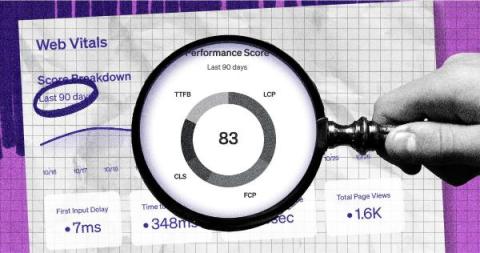The Pocket Guide to Production Readiness (plus bonus framework!)
Faster software development cycles means greater reward, and greater risk. Organizations that lose sight of continuous alignment to standards risk delayed launches, higher risk of churn, and higher costs—not to mention unproductive and unhappy developers. Building a strong production readiness review process can help, but existing tools and frameworks haven’t made it easy to keep up to date with the increased velocity at which software is expected to ship.











